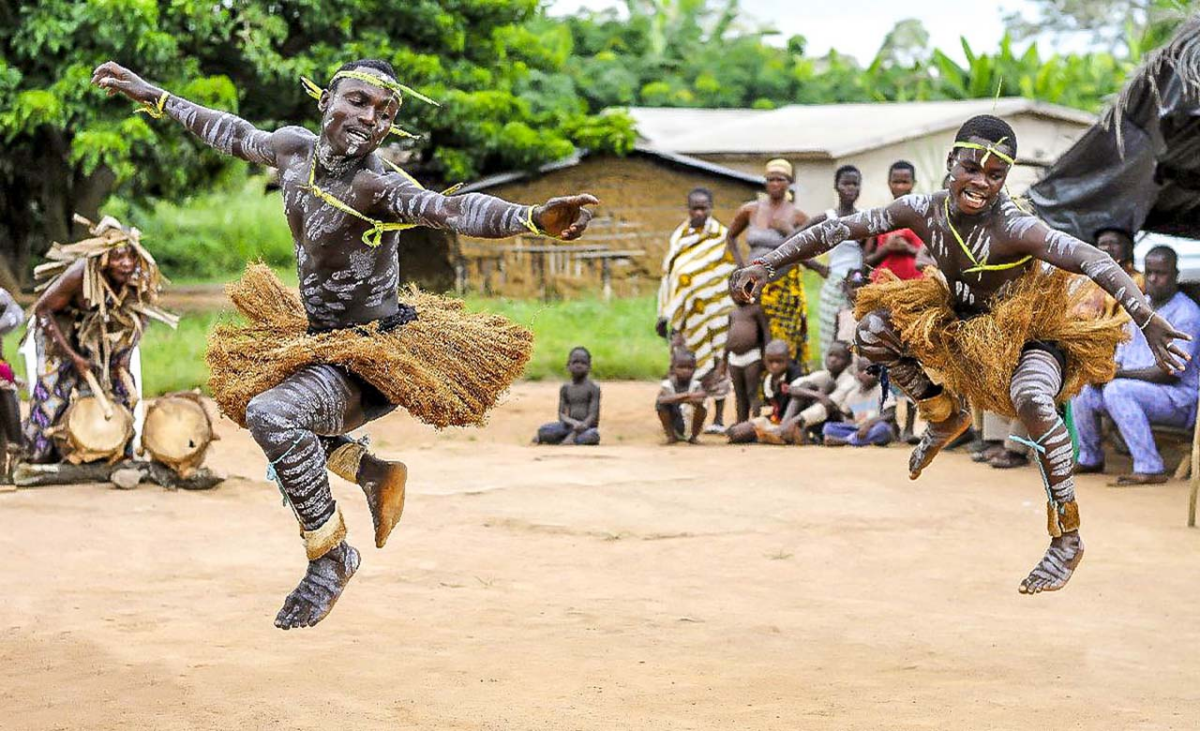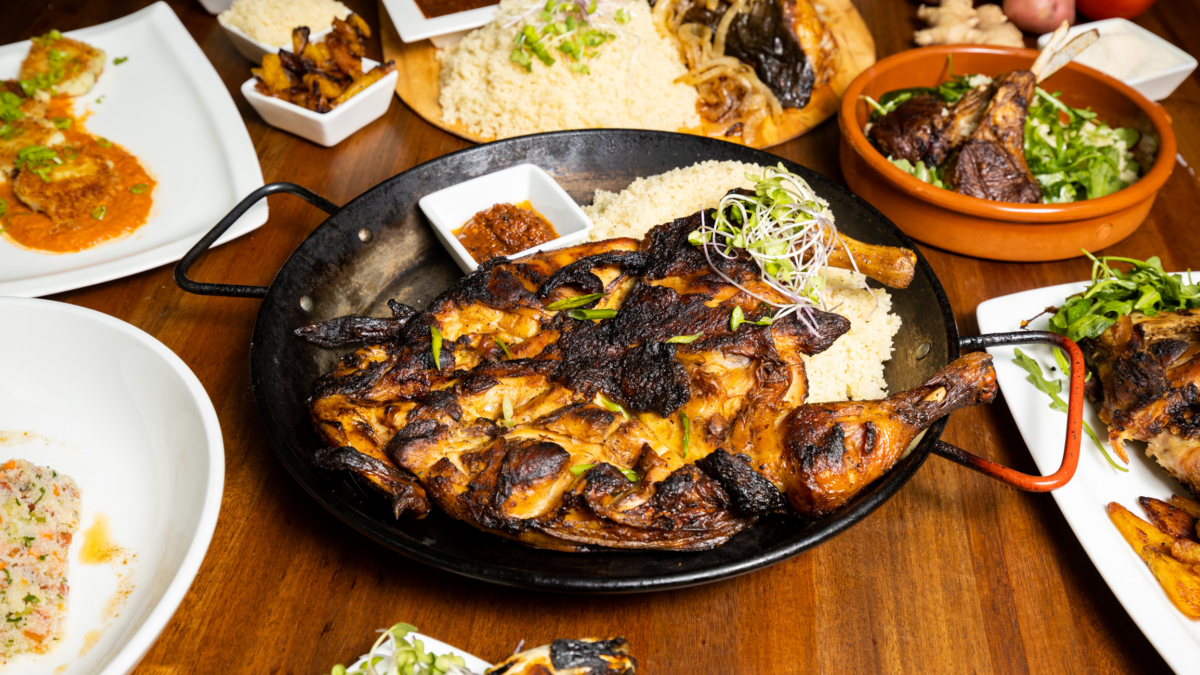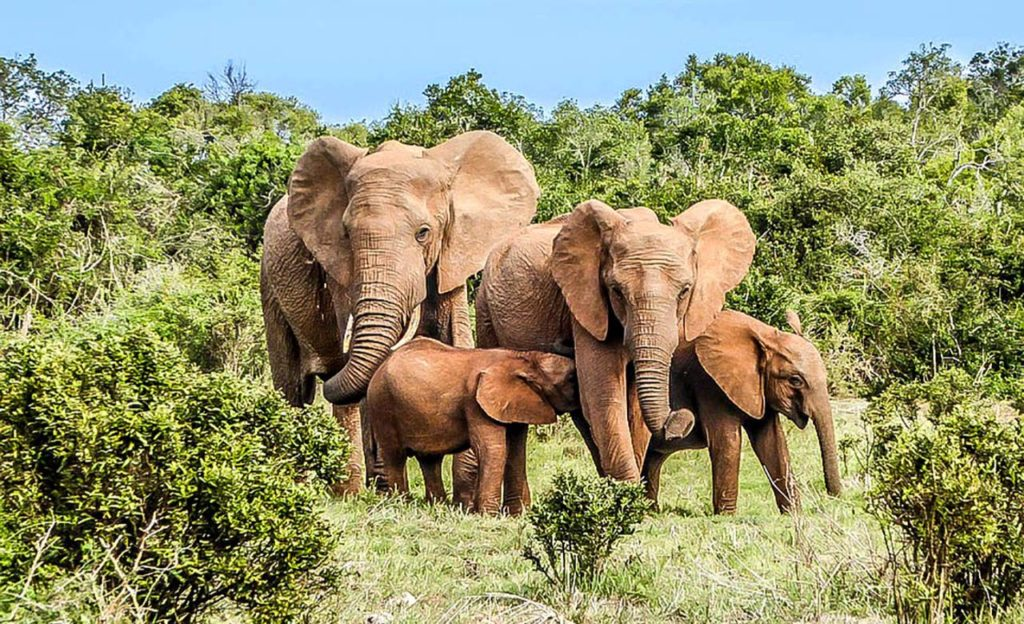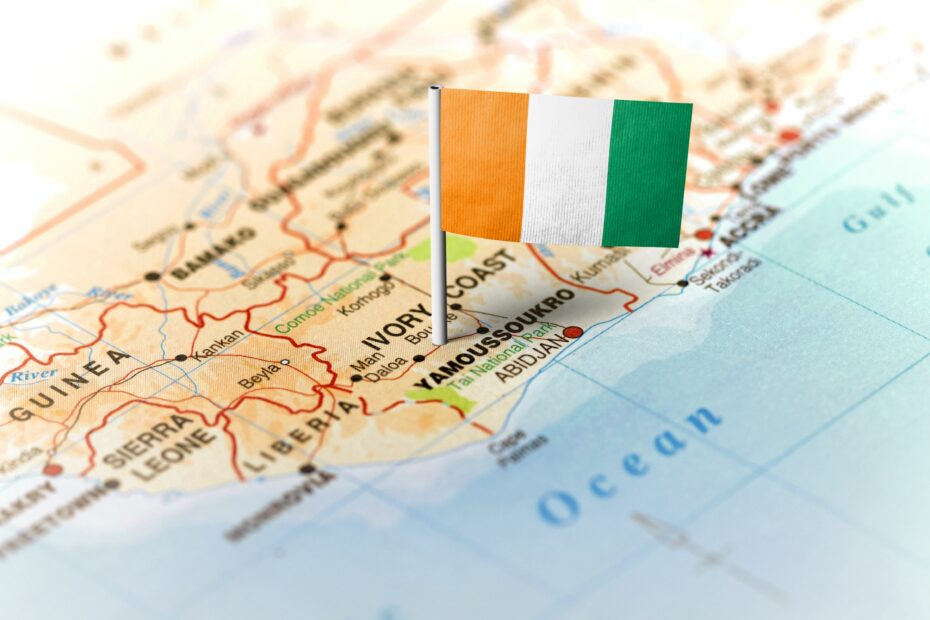Ivory Coast, officially known as the Republic of Côte d’Ivoire, strikes an impressive balance between vibrancy and tranquility. Located on the west coast of Africa, this country is an embodiment of diverse cultures, ethnic groups, and traditions.
Its rich history, woven with stories of colonialism, independence, and transformation, is as compelling as its varied landscapes.
From bustling marketplaces in Abidjan to serene beaches on the Gulf of Guinea and lush rainforests in between, Ivory Coast unfolds a magnitude of experiences that continually intrigue and inspire.
Geography and Climate
Ivory Coast, located on the west coast of Africa, is bordered by Liberia, Guinea, Mali, Burkina Faso, and Ghana, with the Atlantic Ocean lapping at its southern coastline. It boasts a diverse geography that sweeps from lush rainforests in the southwest to the dry savannahs of the north.
Two major rivers, the Bandama and Sassandra, slice through the landscape, supporting life and agriculture. The country’s southern boundary is a 500-kilometer coastline along the Atlantic Ocean, featuring picturesque lagoons.
The climate of Ivory Coast is generally warm and humid, with two seasons: a dry season from November to March and a wet season from April to October. The coastal region experiences heavy rainfall between May and July, with the inland areas somewhat receiving their most substantial rainfall later in the year.
Despite regional variations, the average temperature remains relatively consistent, ranging from 25°C to 32°C throughout the year. Read Also: Exploring Ghana: A Journey Through Land and Culture

History
A glance at the annals of history tells the tale of a country shaped by colonization and a quest for autonomy. The area now known as Ivory Coast had been inhabited by various ethnic groups for thousands of years before European contact. Some of the notable tribes include the Baoulé, the Bete, and the Senufo.
In the late 15th Century, Portuguese explorers were the first Europeans to arrive, followed closely by the French and the British.
However, it was France that established a protectorate over the area in 1842, marking the beginning of colonial rule. The Ivory Coast became a French Colony in 1893, and its borders were established in 1899 after negotiations with Britain and Liberia.
Ivory Coast gained independence from France on August 7, 1960, under the leadership of Félix Houphouët-Boigny, who became the first President.
He played a significant role in the country’s development, promoting economic growth through foreign investment and the production of cocoa, coffee, and palm oil.
His rule, which lasted until his death in 1993, was characterized by political stability and growth, making Ivory Coast an ‘economic miracle’ in Africa.
The decades after Houphouët-Boigny’s death were marked by political instability, economic hardship, and two civil wars. Ivory Coast has shown resilience and a commitment to peace and restoring stability despite these challenges. Today, the country is still in a reconstruction phase and promises a bright future rooted in its rich history.
Culture and Traditions
Ivory Coast is a vivid mosaic of diverse cultures, traditions, and religions coexisting harmoniously. Its population comprises over sixty ethnic groups, each with their unique customs, languages, and artistic traditions. The largest of these ethnic groups are the Akan, Krou, Northern Mande, and Southern Mande.

Music and dance play a pivotal role in Ivorian culture, serving as mediums of story-telling, celebration, and communal bonding. Traditional music genres, such as Coupé-Décalé and Zoblazo, echo through the streets, while the rhythmic dances of Zaouli and Djégbê captivate audiences.
Ivorian oral and written literature is rich with folktales, legends, and proverbs that pass wisdom from generation to generation.
Religion, primarily Christianity, Islam, and indigenous beliefs, underpin Ivorian society’s social structure and rituals. Festivals such as the Fêtes des Masques in Man, which celebrates the region’s traditional masks and dance, showcase the country’s dedication to cultural preservation and spiritual commitment.
Ivorian art reflects the country’s history, beliefs, and creativity, from the colorful wax print fabrics that dominate fashion to the intricate wooden masks and sculptures.
Despite the rapid modernization, these cultural practices and traditions remain at the heart of Ivorian identity, an epitome of the country’s strength in diversity. Read Also: Exploring Africa’s top 9 largest cities in 2023

Food and Cuisine
The food of Ivory Coast is a flavorful journey that reflects the country’s agricultural wealth and multicultural mosaic. Rooted in local produce and vibrant spices, Ivorian food is a delightful mix of staple grains, fresh vegetables, and proteins. In the staple food department, yams, plantains, rice, millet, and corn are commonly served alongside a flavorful sauce or stew.
One iconic dish is “Fufu,” a smooth, dough-like side made by pounding yams, cassava, or other starches, often served with a spicy, meaty stew. Another popular dish is “Alloco,” ripe bananas fried until golden and typically accompanied by chili pepper and onions, a much-loved street food treat.
Ivory Coast is also known for its diverse protein sources, including fresh and saltwater fish, chicken, snails, and bushmeat. “Kedjenou” is a protein-rich, slow-cooked stew made with chicken and vegetables seasoned with savory spices.
The coastal areas of the Ivory Coast boast an abundance of seafood, with dishes like “Grilled Tilapia,” a whole fish marinated in a medley of spices and grilled to perfection, served with “Attiéké,” a side dish similar to couscous, made from cassava.
On the sweeter side, Ivorians love their fresh tropical fruits, such as coconuts, pineapples, oranges, and mangoes, often enjoyed as natural desserts or refreshing juices. Not to forget, Ivory Coast is the world’s largest cocoa producer, and its influence in the culinary landscape is undeniable.
Tourism
Tourism in Ivory Coast offers a captivating blend of natural beauty, historical sites, and cultural experiences. Start your journey in Abidjan, the country’s economic capital, known for its vibrant nightlife, cosmopolitan culture, and the stunning St. Paul’s Cathedral. The National Museum, with its vast collection of traditional Ivorian art and cultural artifacts, is a must-visit in the city.

For nature enthusiasts, the country is a paradise. The Tai National Park, a UNESCO World Heritage Site, is home to diverse wildlife, including pygmy hippos and over 130 species of mammals.
The Comoé National Park is equally stunning, with various fauna and unique bird species. Don’t miss out on the breathtaking beauty of Mount Nimba, another UNESCO World Heritage Site located in the north-eastern corner of the country.
Ivory Coast also boasts beautiful beaches, such as Assinie and Grand-Bassam, famous for their golden sands and palm-fringed coastlines. The latter, Grand-Bassam, is also a UNESCO World Heritage Site celebrated for its colonial architecture.
Additionally, The cosmopolitan cityscape of Abidjan, with its striking skyline and bustling markets, offers a sharp contrast to the tranquility of Assinie’s beach resorts.
For a deep dive into Ivorian culture, visit the city of Korhogo, known for its artisan communities, and Man, where you can experience the breathtaking cascades and explore local traditions.
Finally, the Basilica of Our Lady of Peace in Yamoussoukro, listed in the Guinness World Records as the most significant ‘church,’ is an architectural marvel you wouldn’t want to miss.
Economy
Ivory Coast is regarded as one of the largest economies in the West African Economic and Monetary Union. It is primarily characterized by a robust and diverse economic structure, focusing on agriculture, industry, and services.
Agriculture forms the backbone of the Ivorian economy, with significant crops such as cocoa, coffee, palm oil, cotton, and rubber contributing significantly to its export earnings.
As the world’s leading producer of cocoa beans, Ivory Coast’s economy is intricately tied to fluctuations in international cocoa prices.
Though less dominant, the industrial sector is essential to the nation’s economy. Industries such as food processing, textiles, and automobile assembly contribute considerably to the country’s Gross Domestic Product (GDP). Rapid urbanization has also spurred growth in the construction industry.

The service sector, including telecommunications, banking, transport, and tourism, has witnessed steady growth, becoming a key driver of the Ivorian economy. The country’s strategic geographical location, coupled with significant investments in infrastructure, has made it a regional hub for transportation and logistics.
Despite the economic challenges associated with political instability and fluctuations in global commodity prices, Ivory Coast has demonstrated economic resilience and growth potential.
Economic reforms and investment in infrastructure have further bolstered this growth, making the country an attractive destination for foreign direct investment.
The government’s ongoing efforts towards economic diversification are expected to reduce vulnerability to global market shocks and drive sustainable growth in the future.



